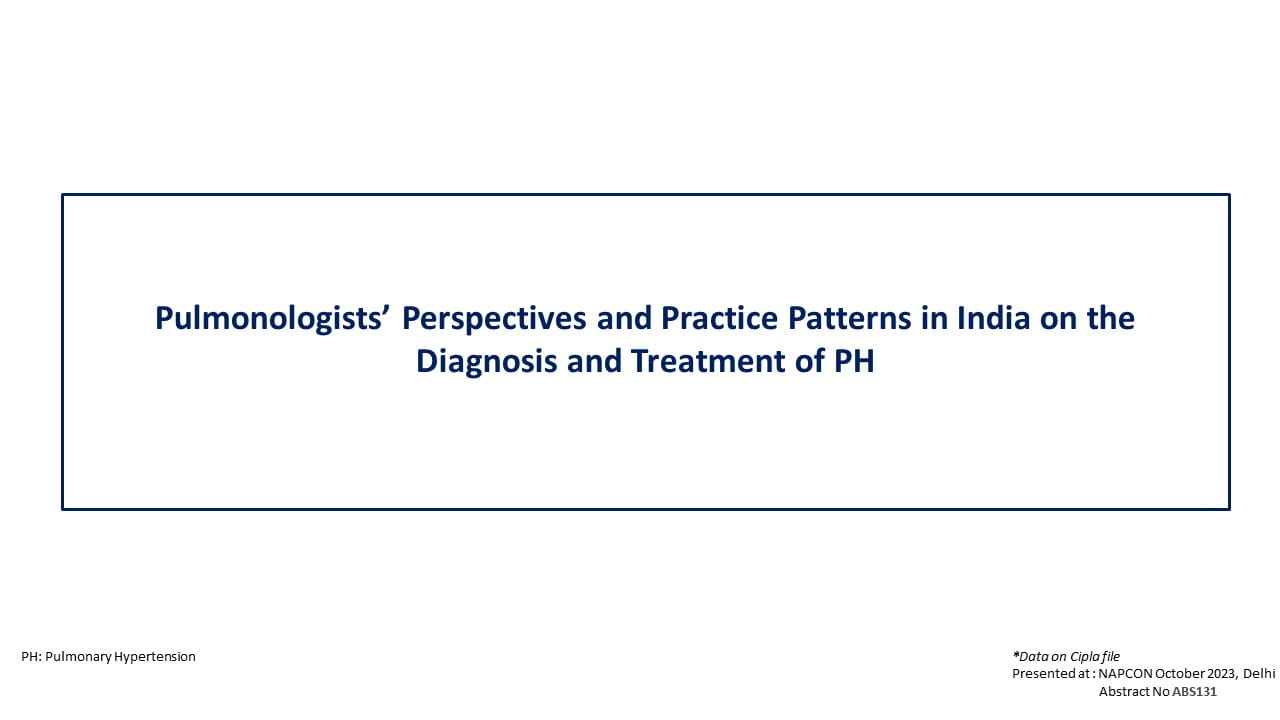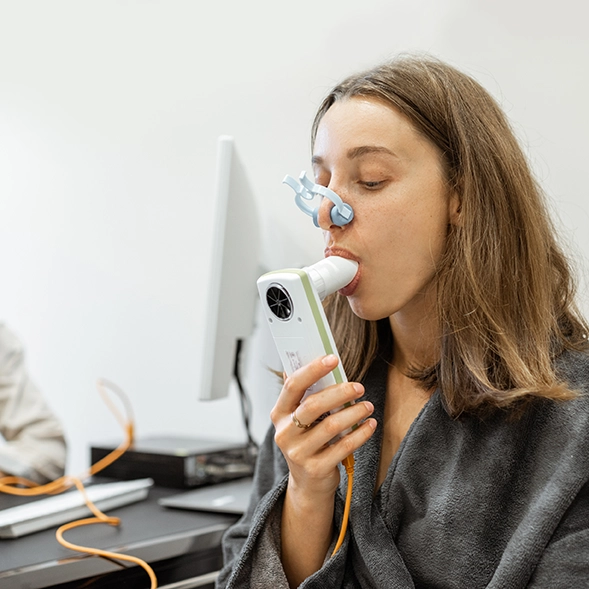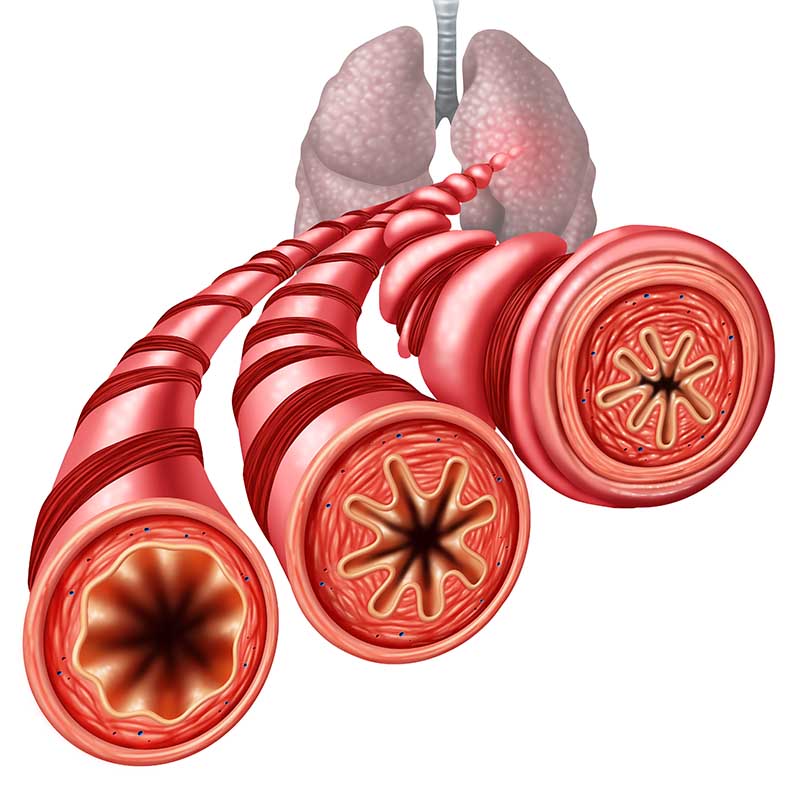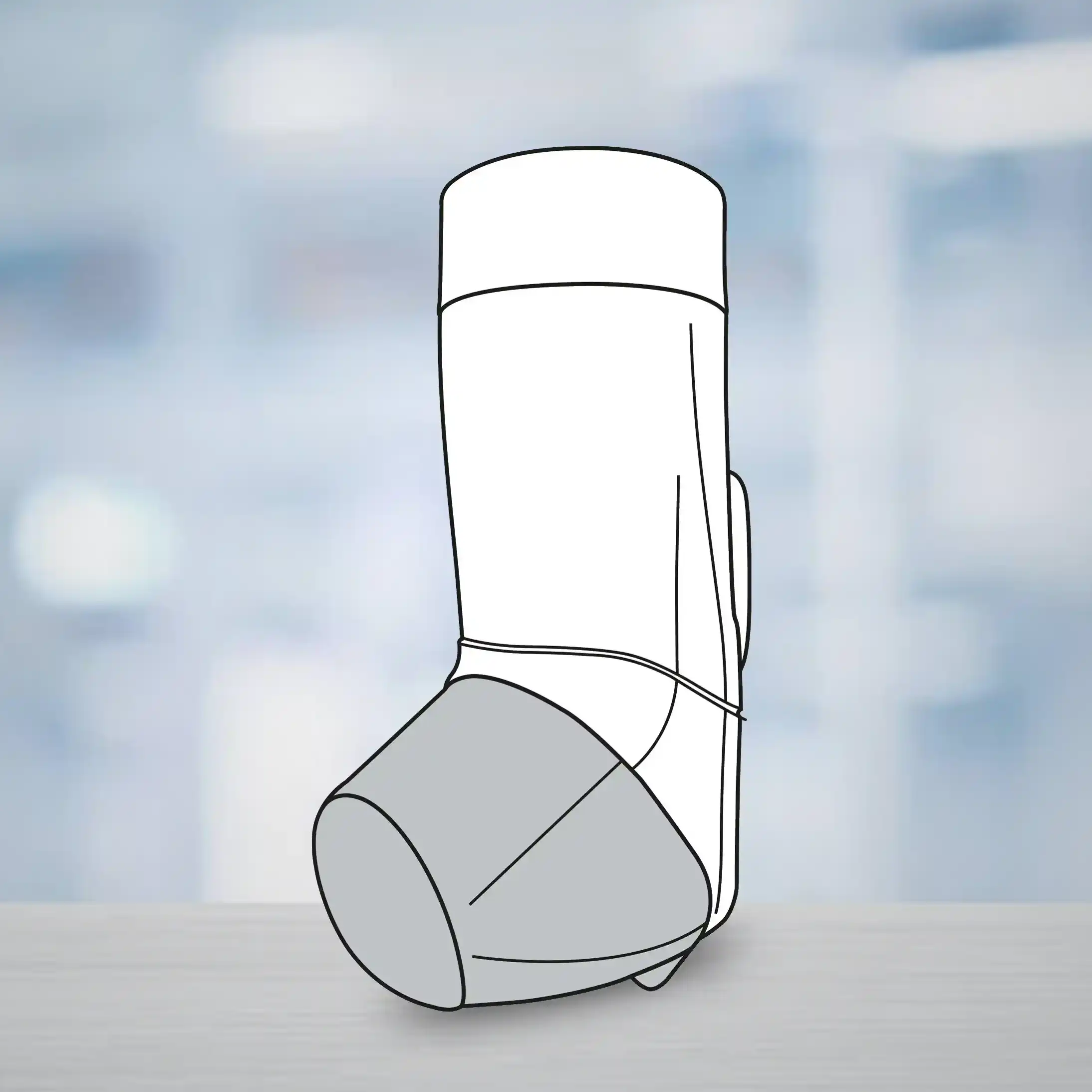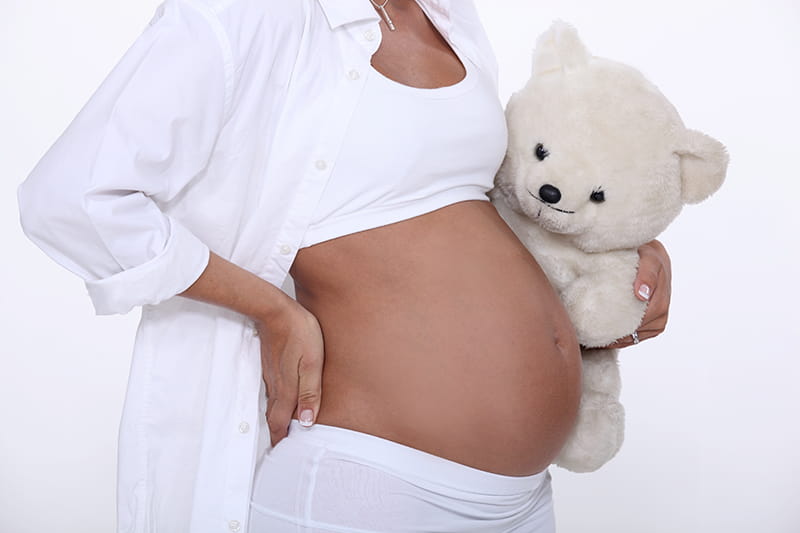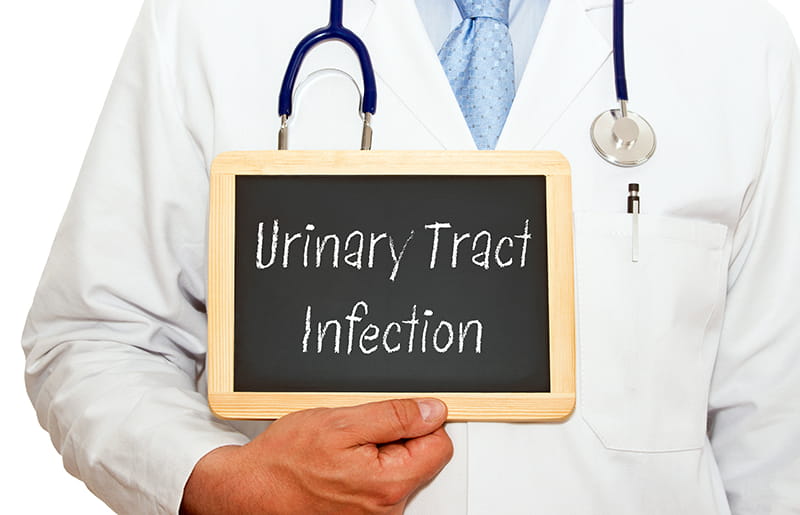Introduction
Omalizumab, a monoclonal antibody that neutralizes serum immunoglobulin IgE, has been used widely as an add-on therapy in patients suffering from severe refractory allergic asthma. Strict regulatory process is required for approval of biosimilars for biologic products. For example, the EMA (European Medicines Agency) regulatory requirements ensure the same high standards of quality, safety and efficacy for biosimilars as for originator, and include a rigorous comparability exercise with the reference product.
Aim
The clinical efficacy and safety of the first global biosimilar of omalizumab was compared with the original innovator product to establish absence of any clinically meaningful difference and interchangeability.
Patient Profile
- Patients aged 18-65 years of age, with the diagnosis of moderate to severe persistent asthma >1 year duration
- Positive skin prick test to at least one perennial allergen within the past 1 year or at screening
- Total serum IgE level 76 to 700 IU/ml, 12% increase in forced expiratory volume in 1 sec (FEV1) or 200mL of absolute value of FEV1 over baseline value within 20-30 minutes of taking up to 4 puffs of Short-Acting Beta Agonists (SABA) documented within the past year or at screening or at baseline prior to randomization
- FEV1 < 80% of predicted normal value for the patient at baseline
- Multiple documented severe asthma exacerbations despite daily high dose inhaled corticosteroid (ICS) plus long-acting ?-agonists (LABA).
Method
Study Design
- Randomized, double-blind, active-control, parallel-group, comparative clinical study
Treatment Strategy
- Cohort comprised 105 subjects; 70 subjects in the study group and 35 subjects in the reference group
- Omalizumab was administered subcutaneously at a dose of 150 to 375 mg every 2 or 4 weeks
- Patients received study or reference product till week 16
- All responders at week 16 received study product in open-label phase of the study as per their dosing schedule till week 24.
- The additional efficacy assessment visit was conducted till week 24.
- Safety follow up visit was performed in responders at week 26.
- The pharmacokinetic (PK) and pharmacodynamic (PD) assessment was planned in 48 subjects (24 from each group) after first dose of omalizumab.
End Points
Primary Endpoint
- Incidence reduction of clinically significant asthma exacerbations from the time after first study dose administration till week 16
Secondary Endpoints
- Mean change in FEV1 and FEV1/forced vital capacity (FVC) at 8, 12,16 weeks
- Time to first asthma exacerbation till week 16
- Proportion of patients with reductions in ICS doses at 8, 12,16 weeks
- Overall proportions of responders with meaningful Asthma Quality of Life Questionnaire (AQLQ) improvements at week 16
- Proportion of patients in each category of Global evaluation of treatment effectiveness (GETE) at 16 weeks
- PK parameters (Cmax and AUC0-t) and PD changes assessed for single dose of study and reference product
- Adverse events (AEs)
- Immunogenicity
Results
- The asthma exacerbations till week 16 were reported by 5.8% and 2.86% in the study arm and reference arm respectively (p>0.05)
- The comparison of secondary endpoints is shown in Table 1.
|
|
Study or Biosimilar Arm |
Reference or Innovator Arm |
|
Time to first exacerbation |
53 days |
62 days |
|
Mean change from baseline in FEV1% at week 4 |
7.51 |
5.98 |
|
Mean change from baseline in FEV1% at week 16 |
12.30 |
8.94 |
|
Mean change from baseline in FEV1/FVC% at week 4 |
4.20 |
4.06 |
|
Mean change from baseline in FEV1/FVC% at week 16 |
6.77 |
7.10 |
|
% Patients with 50-75% reduction in ICS dose |
5.80% |
5.71% |
|
No of patients with AEs |
63 |
38 |
- The proportion of subjects with meaningful improvement in AQLQ, mean change in overall Asthma Control Questionnaire (ACQ) score and proportion of responders based on GETE assessment also was similar at 16 weeks.
- A total of 101 adverse events were reported out of which 63 were reported in the study arm and 38 were reported in the reference arm.
- Two serious adverse events (SAEs) were reported, one in each arm.
- There were no deaths reported
- Safety observations are consistent with the known safety profile of omalizumab.
- All the samples tested negative for anti-omalizumab antibodies.
- The PK and PD parameters were also comparable.
Conclusions
- There were no clinically meaningful differences in the efficacy, safety, pharmacokinetics, pharmacodynamics, and immunogenicity between the first global biosimilar omalizumab and reference product.
- Omalizumab biosimilar might be a good alternative to reference product in patients with moderate to severe persistent asthma.
J Assoc Physicians India. 2020 Dec;68(12):61-65.


